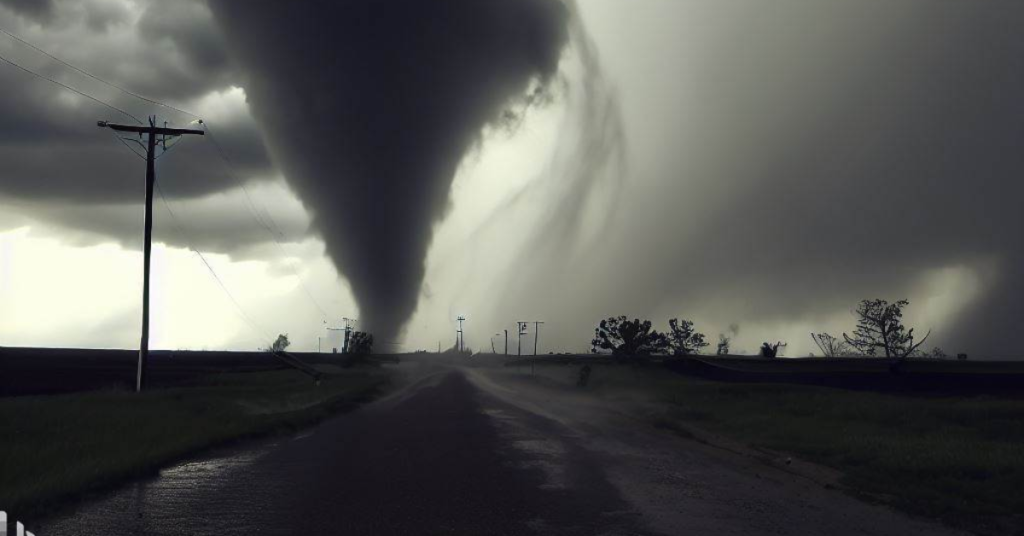premiumtix.net – Tornado Alley is a term commonly used to describe a region in the central United States where tornadoes are particularly frequent and intense. This area spans parts of several states, including Texas, Oklahoma, Kansas, Nebraska, and South Dakota. Known for its unique geographical and meteorological conditions, Tornado Alley is a hotspot for these powerful and destructive natural phenomena. In this article, we will explore the causes behind the formation of tornadoes, the impact they have on the region, and the measures taken to mitigate their destructive power.
The Formation of Tornadoes
Tornadoes are violent rotating columns of air that extend from a thunderstorm to the ground. Their formation is complex and involves a combination of atmospheric conditions. In Tornado Alley, the convergence of warm, moist air from the Gulf of Mexico and cool, dry air from the Rocky Mountains creates an ideal environment for severe thunderstorms. When these air masses meet, they create instability in the atmosphere. With the right wind shear conditions, this instability can lead to the formation of supercell thunderstorms, which are capable of producing tornadoes.
Path of Destruction
Once a tornado touches down, its path of destruction can be devastating. Tornadoes are rated on the Enhanced Fujita Scale, which ranges from EF0 to EF5, based on the damage they cause. An EF0 tornado may cause minor damage, while an EF5 can obliterate entire communities with winds exceeding 200 miles per hour. The unpredictable nature of tornadoes, combined with their potential for destruction, makes them particularly terrifying.
The impact of tornadoes in Tornado Alley is profound. Communities in this region are frequently faced with destroyed homes, disrupted infrastructure, and tragic loss of life. The economic cost of rebuilding and recovery can be significant, placing a heavy burden on local governments and residents.
Mitigating the Impact
To mitigate the impact of tornadoes, communities in Tornado Alley have developed sophisticated warning systems and preparedness plans. The National Weather Service plays a crucial role in monitoring weather patterns and issuing timely warnings to the public. Advances in radar technology have improved the accuracy of tornado predictions, giving people more time to seek shelter.
In addition to early warning systems, education and preparedness are key components in reducing the impact of tornadoes. Residents are encouraged to have a plan in place, including identifying safe locations to take shelter, maintaining emergency supplies, and staying informed during severe weather events.
Conclusion
Tornado Alley remains one of the most tornado-prone regions in the world. While the path of destruction these twisters leave behind is often severe, ongoing research, technology advancements, and community preparedness efforts continue to improve safety and resilience. Understanding the dynamics of tornadoes and the unique conditions of Tornado Alley helps us better prepare for and respond to these natural disasters, ultimately saving lives and reducing damage.
